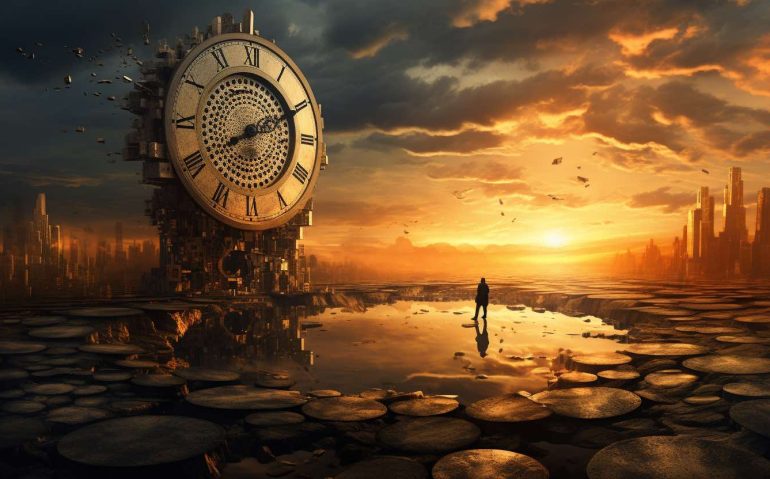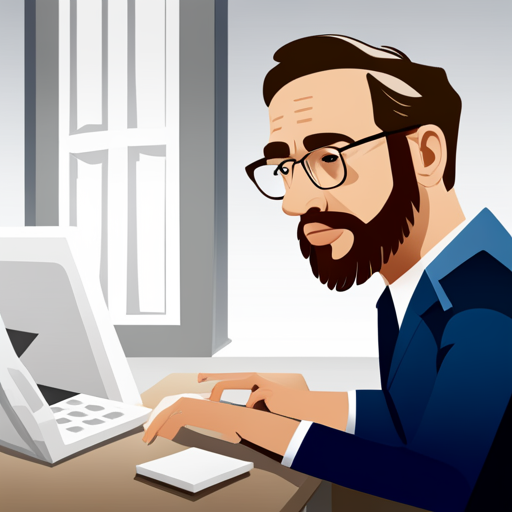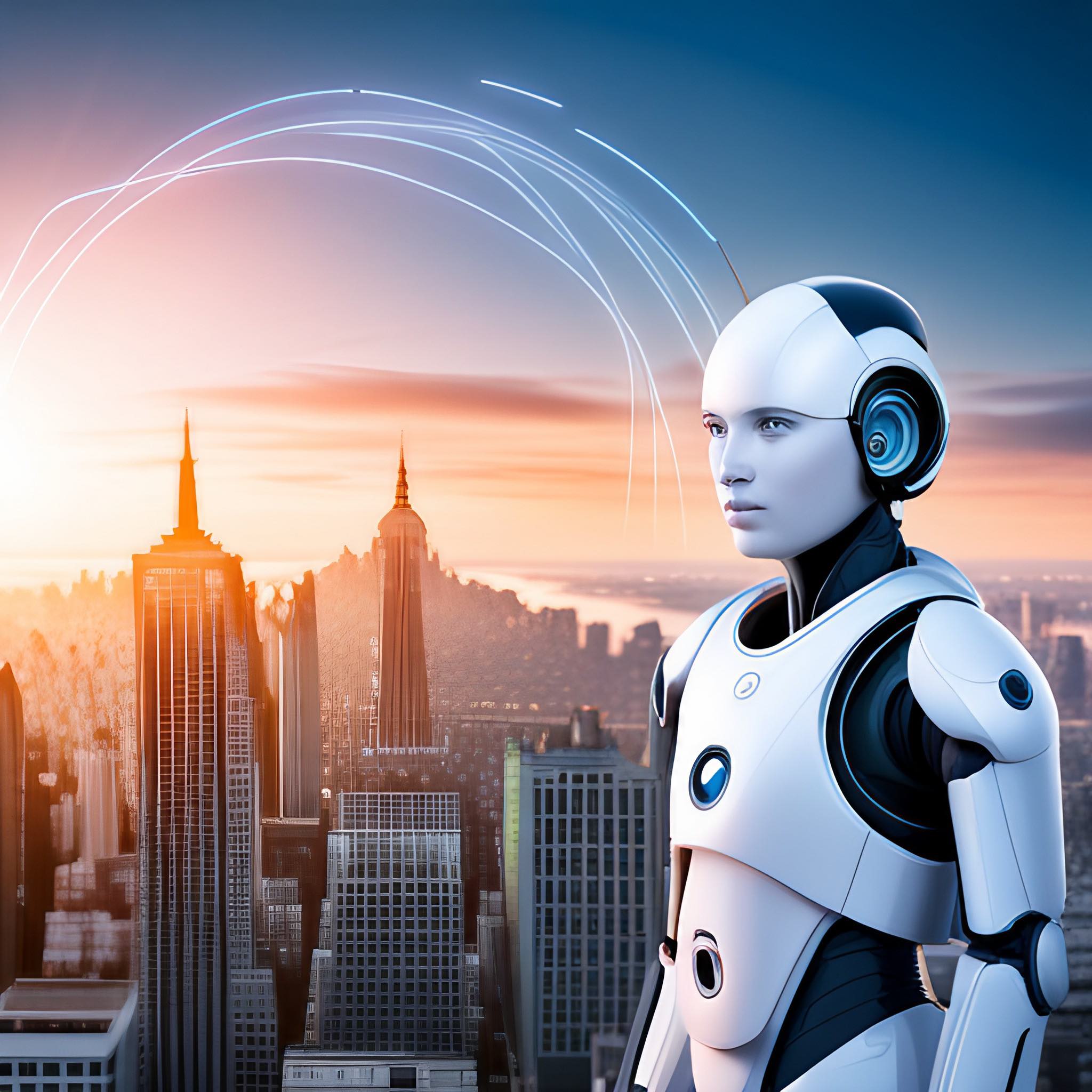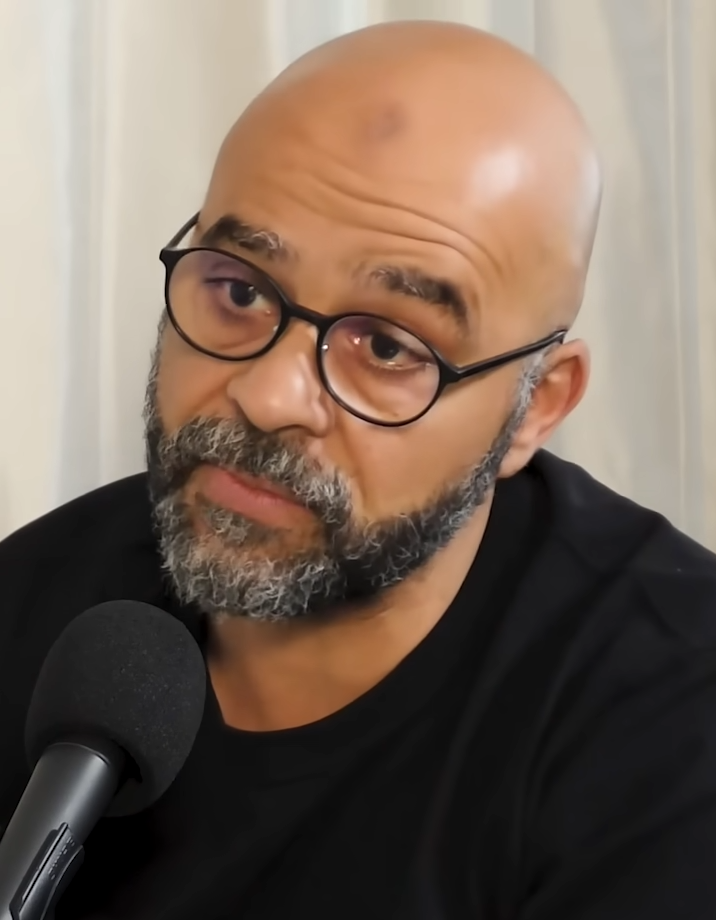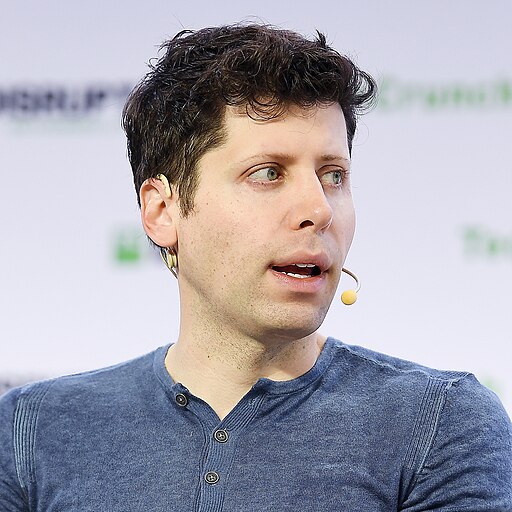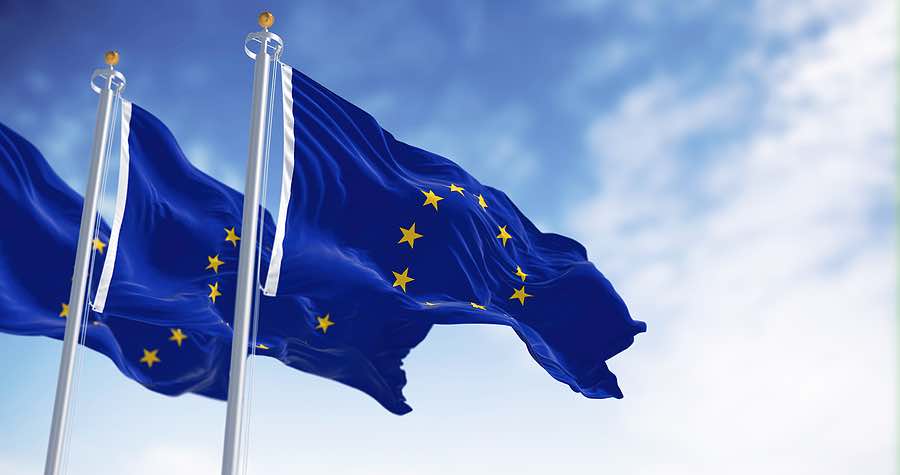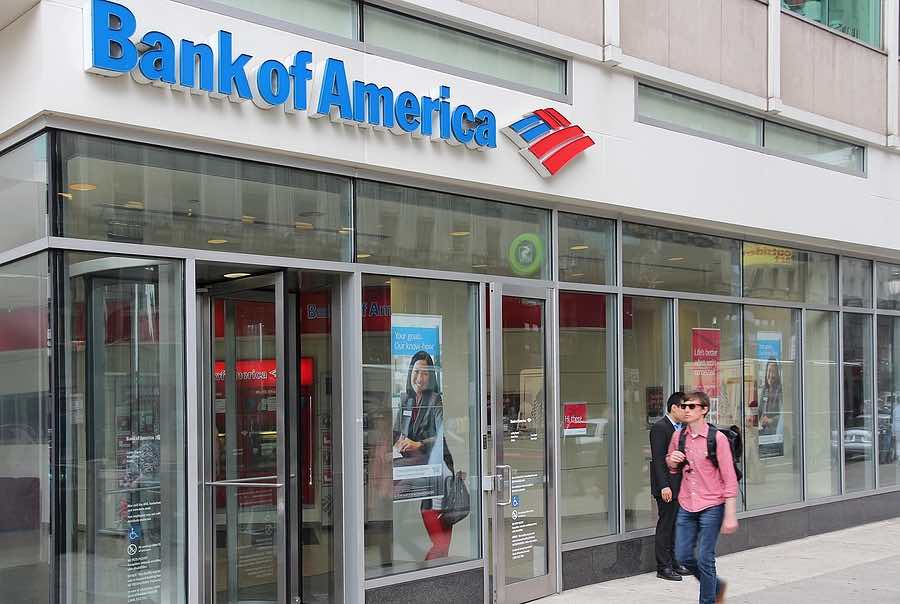It’s an understatement to say that AI has radically changed the digital landscape. Nowhere is that more apparent than in the meteoric rise of Midjourney – an AI-powered text-to-image creation platform. Midjourney is not just any AI; it gives visuals to our words, turning mere sentences into detailed imagery. But as millions have explored this digital magic, there’s a noticeable trend: many images are dystopic and gloomy. Why? Let’s delve into this digital enigma.
1. The Power of Midjourney
Before diving into the heart of the topic, it’s essential to understand the magnitude of Midjourney’s success. Launched in July 2022, its rise was nothing short of astounding. Google search metrics reveal its popularity surged to 77 index points by August 7, 2022. While there was a subsequent dip, it soared to 100 index points by February 5, 2023.
The platform’s primary hub, a dedicated Discord server, saw a surge of users flocking to generate and share their AI-made images. By January 2023, it became the reigning champ of Discord servers, boasting a community of about 9.5 million users.

2. Dystopia Midjourney: The Lure of the Gloomy Imagery
So, with such a large community actively creating images, why are so many of them taking a dark, dystopian turn?
a. Reflection of Contemporary Concerns
One plausible reason is the reflection of contemporary anxieties. We live in a world of climate change, political turmoil, economic disparities, and global pandemics. People might use Midjourney as a canvas to depict these anxieties, consciously or subconsciously visually.
b. Creative Exploration
As a theme, Dystopia has deep roots in literature, cinema, and art. From “1984” to “Blade Runner”, audiences have always been intrigued by what the future might hold, particularly its darker possibilities. The ability to easily create dystopian landscapes or settings might be an extension of this timeless creative exploration.
c. AI’s Training Data
AI models, like Midjourney, are only as good as the data they’re trained on. If the model has been exposed to a plethora of dystopian-themed content during its training phase – which, given the popularity of such themes, is plausible – it could naturally lean towards generating more such imagery.
d. The Feedback Loop
Given the platform’s collaborative nature on Discord, where users share and discuss generated images, a feedback loop might be in play. If dystopian images gain more attention and comments or are more frequently shared, it can encourage others to create and share similar content, perpetuating the trend.

3. A Digital Mirror
The palpable trend of dystopian images emerging from Midjourney is perhaps more multifaceted than one might initially believe. At its core, this trend could be seen as a potent mix of societal reflections, where current anxieties and global concerns find an outlet: the inherent biases embedded in the AI’s training data, which could be sourced from a myriad of contemporary media brimming with dystopian themes; and of course, the platform’s inherently dynamic nature that constantly evolves with user interactions.
Art, in all its myriad forms, has always been a reflection of the times, capturing the zeitgeist of the era in which it was produced. Whether a painting from the Renaissance or a digital image generated in the 21st century, the content often goes beyond mere aesthetics. It delves deep, serving as a mirror that, when gazed upon, can reveal intricate details about the creator’s mindset, their influences, and the broader strokes of the society they inhabit. These reflections can sometimes tell us more about the world around the creator than about the subject of the creation itself.
Midjourney, with its advanced capabilities, offers a vast digital canvas beyond translating mere textual descriptions into images. It crafts visual narratives that draw from the AI’s vast knowledge base and the user’s inputs. These aren’t just fictional landscapes or characters; they resonate with elements of our collective psyche, hopes, fears, and aspirations. As we journey through this digital age, driven by rapid technological advancements, it’s fascinating to postulate how these visuals will morph and adapt. Will they become brighter, echoing a newfound optimism? Or will they delve deeper into the caverns of dystopia? Whatever the trajectory, one thing is certain: the narratives that emerge from the intertwined dance of AI’s vast imagination and our intrinsic human creativity will remain a subject of intrigue for years.

